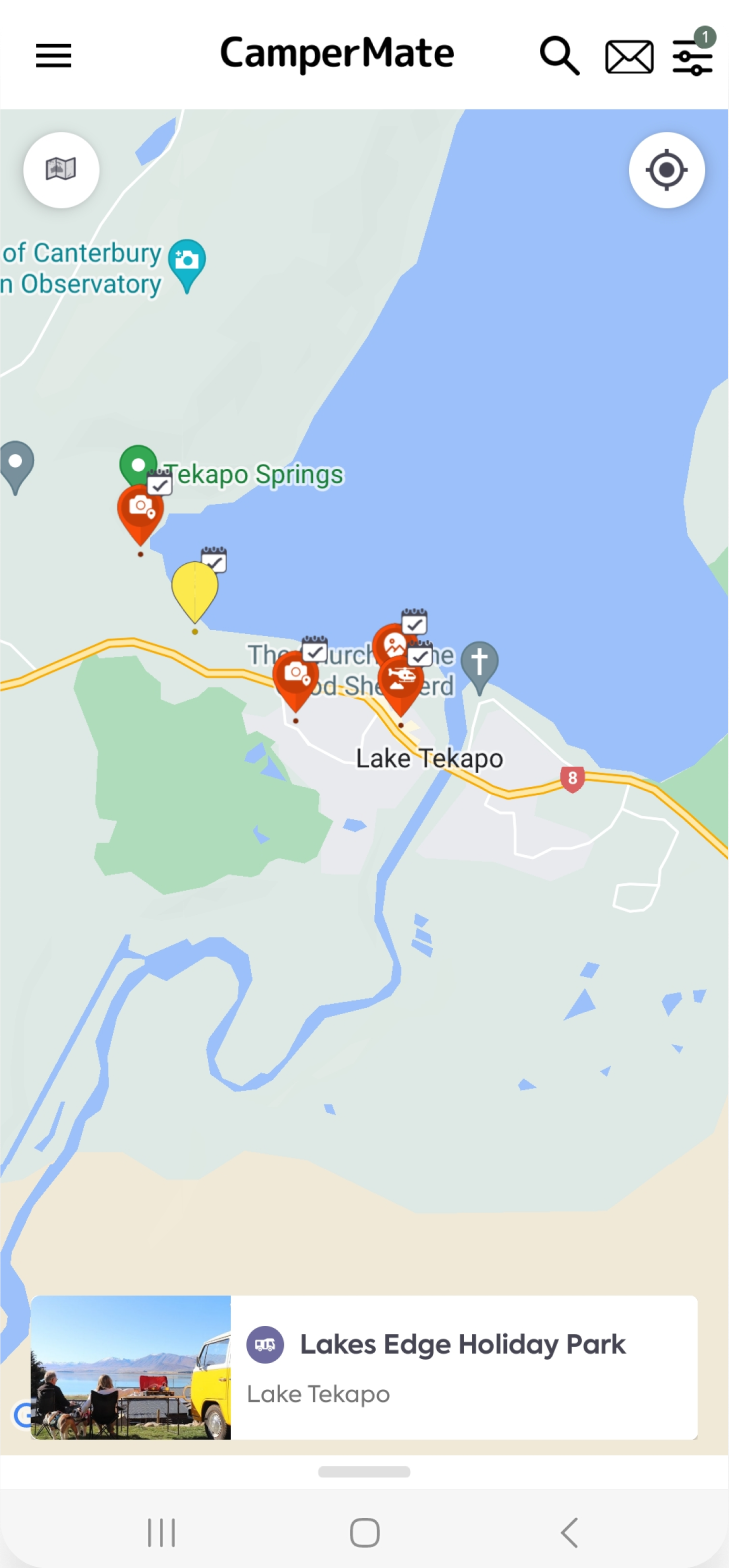Posts
Northern Territory
A Guide to Road Tripping the Nature’s Way in the NT
May 1, 2024 • Bismo
Northern Territory
A Guide to Road Tripping the Red Centre Way in the NT
April 25, 2024 • Tom Lanauze
Getaway Guides,Northern Territory
A Guide to 2WD Waterfall Hopping Around Litchfield National Park
April 24, 2024 • Laura Dunn
New Zealand Holiday Parks
Guide to TOP 10 Holiday Parks
April 4, 2024 • Tom Lanauze
With their holiday parks strategically placed all across the country, they ensure a premium camping experience with convenient access to iconic attractions and stunning landscapes nation wide.
Travel Guide
Christchurch to Arthur's Pass: where to stop, play and stay
February 26, 2024 • Goose Ellen
This beautifully scenic route will take you through cute little towns, past ice cold lakes and over mountain passes. The two passes that split the east and the west coast aren't just pass-through spots, but are well and truly destinations within themselves.

